Pectus and Chest Wall Anomalies
The Center for Pediatric Pectus and Chest Wall Anomalies at Children’s Health℠ delivers comprehensive care to diagnose, evaluate and treat chest wall anomalies in infants, children, and teens.
Dynamic Compression Bracing System
The Center for Pectus and Chest Wall Anomalies is one of the few in the United States with a dedicated team that has been trained to complete the customized measurements of the chest, supply the brace and provide follow up.
The Dynamic Compression Brace is designed with front compression plates anchored to bars that encircle the chest, and is custom-fabricated based upon measurements of your child’s chest. It is worn over a thin shirt, and hidden under regular clothing.
We suspect that chest wall abnormalities are caused by abnormal growth of the cartilage between the ribs and the sternum. The chest wall deformities treated at our center can have an impact on the heart and lungs physiology and anatomy and on self-esteem. We have active projects to understand how reconstructive services help to reduce the effects of the chest wall.
Research
We know chest wall abnormalities are caused by abnormal growth of the cartilage between the ribs and the sternum. Research helps us better understand diseases and can lead to advances in diagnosis and treatment.
Genetics
The Research Team at the Center for Pectus and Chest Wall Anomalies is currently participating in a national genetic study looking at the variations in genes in families affected by a pectus diagnosis. Understanding the genetic differences may help us find ways to determine who is likely to develop and what causes the defect in the first place.
Dynamic Compression Bracing
Research has shown more than 40% of those diagnosed with Pectus Excavatum have a family member with the diagnosis.
As a center that provides the Dynamic Compression Bracing System for the treatment of pectus carinatum, we are conducting a study to determine the best way to treat our patients using this important technology. We are measuring and comparing the brace compression pressures between several body positions, such as standing, sitting or lying down or on one’s side, to make sure our patients are receiving the most benefit.
Cardiac MRI - How to manage with metal in your body
Our center has been awarded a Discovery Grant from the University of Texas Southwestern Medical Center Department of Surgery to develop a process to use Magnetic Resonance Imaging (MRI), a special type of scanner, to evaluate heart function in patients who have had a surgical repair of their pectus excavatum.
Resources
Research
We know chest wall abnormalities are caused by abnormal growth of the cartilage between the ribs and the sternum. Research helps us better understand diseases and can lead to advances in diagnosis and treatment.
Genetics
The Research Team at the Center for Pectus and Chest Wall Anomalies is currently participating in a national genetic study looking at the variations in genes in families affected by a pectus diagnosis. Understanding the genetic differences may help us find ways to determine who is likely to develop and what causes the defect in the first place.
Dynamic Compression Bracing
As a center that provides the Dynamic Compression Bracing System for the treatment of pectus carinatum, we are conducting a study to determine the best way to treat our patients using this important technology. We are measuring and comparing the brace compression pressures between several body positions, such as standing, sitting or lying down or on one’s side, to make sure our patients are receiving the most benefit.
Cardiac MRI - How to manage with metal in your body
Our center has been awarded a Discovery Grant from the University of Texas Southwestern Medical Center Department of Surgery to develop a process to use Magnetic Resonance Imaging (MRI), a special type of scanner, to evaluate heart function in patients who have had a surgical repair of their pectus excavatum.
Resources
Meet the Care Team
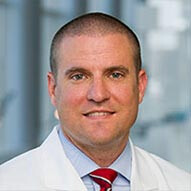 Adam Alder, MDPediatric Surgeon
Adam Alder, MDPediatric Surgeon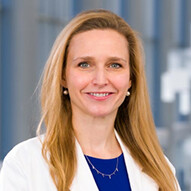 Lauren Gillory, MDPediatric Surgeon
Lauren Gillory, MDPediatric Surgeon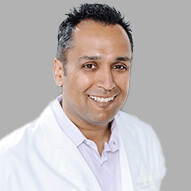 Samir Pandya, MDPediatric Surgeon
Samir Pandya, MDPediatric Surgeon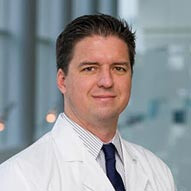 Mark Ryan, MDPediatric Surgeon
Mark Ryan, MDPediatric Surgeon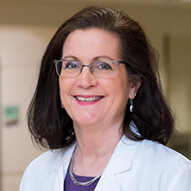 Kim McHard, APRN, PNP-PCNurse Practitioner - Pediatric Surgery
Kim McHard, APRN, PNP-PCNurse Practitioner - Pediatric Surgery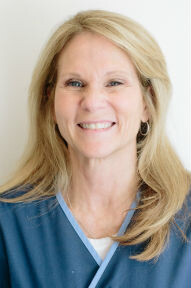 Cheryl Evans, RNRegistered Nurse
Cheryl Evans, RNRegistered Nurse



